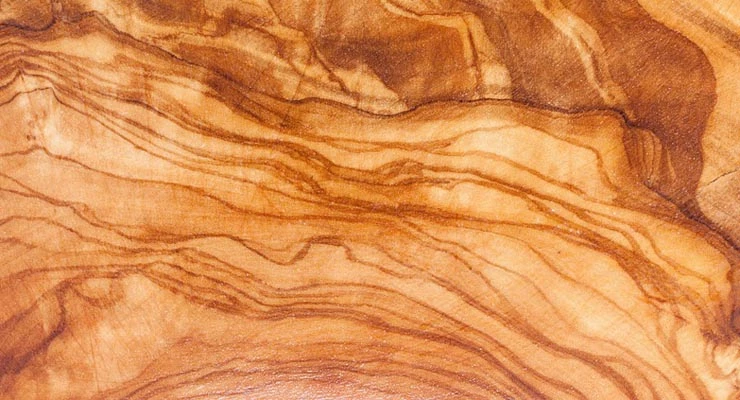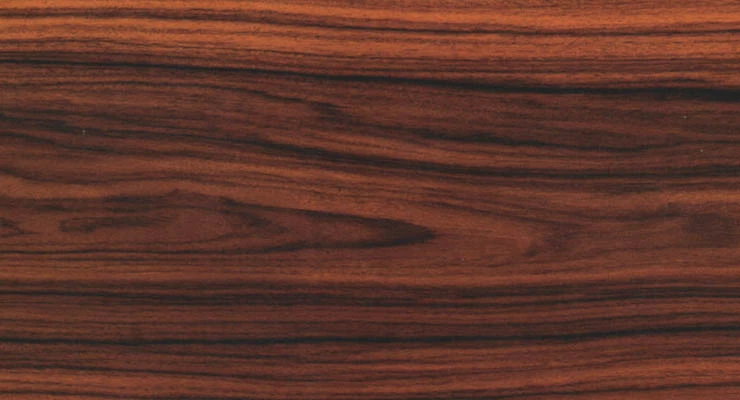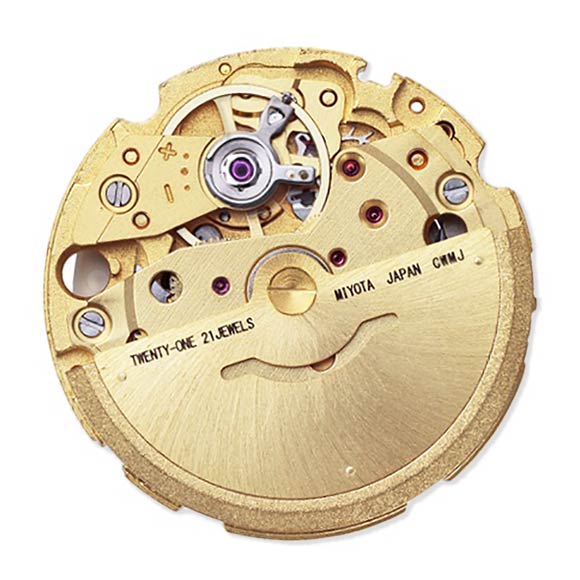Articles
What is Scandinavian Design and Why Is it Unique?
The Origins of Scandinavian Design
Scandinavian design has its roots in the early 20th century, emerging as a distinctive style during the 1950s. It was heavily influenced by the socio-political environment and cultural ethos of the Nordic countries, including Finland, Sweden, Denmark, Norway, and Iceland. This design philosophy was born from a post-war desire to improve the quality of everyday life through functional, affordable, and beautiful products. The movement was also a response to the rapid industrialisation, aiming to humanise production processes and focus on user-centric designs.
The emphasis on functionality and simplicity can be traced back to Nordic cultural values that favour practicality and minimalism. The harsh climate of the region also played a pivotal role, necessitating designs that maximised light and warmth. Additionally, the democratic ideals prevalent in Scandinavian societies influenced the design ethos, promoting accessibility and inclusivity. This led to the creation of aesthetically pleasing and practical objects that could be widely used and appreciated by all social classes.
Key Characteristics of Scandinavian Design
One of the most defining features of Scandinavian design is its emphasis on simplicity and functionality. The mantra “form follows function” is embedded in every piece, ensuring that each design serves a practical purpose while maintaining aesthetic appeal. This design philosophy is often associated with clean lines, muted colours, and uncluttered spaces, creating a sense of peace and order.
Another key characteristic is the use of natural materials. Scandinavian designers often incorporate wood, leather, and wool, reflecting a deep connection to nature. This affinity for natural elements is evident in Aarni’s products, which utilise pristine materials like wood and elk leather to create durable and beautiful accessories. Minimalism also plays a crucial role, with an emphasis on removing unnecessary details to focus on the essential elements of design.
Moreover, Scandinavian design prioritises sustainability, echoing the region’s commitment to environmental responsibility. By using renewable resources and crafting long-lasting products, designers aim to minimise waste and promote ecological balance.
Famous Scandinavian Designers and Their Impact
Several notable designers have significantly shaped the landscape of Scandinavian design. Alvar Aalto, a Finnish architect and designer, is renowned for his innovative use of wood and organic forms. His work, including iconic pieces like the Paimio Chair, exemplifies the harmonious blend of functionality and beauty.
Arne Jacobsen, a Danish architect and designer, is another influential figure whose work epitomises the elegance of Scandinavian design. His Egg Chair and Swan Chair are considered masterpieces of modern furniture design, seamlessly combining comfort with a minimalist aesthetic.
In the realm of accessories, Aarni continues this tradition of excellence by crafting products that embody the spirit of these pioneering designers. By integrating sustainable materials and innovative technology, Aarni’s watches, eyewear, and bags offer a fresh take on Scandinavian design, appealing to those who value natural beauty and craftsmanship.
Scandinavian Design in Modern Interiors
Today, Scandinavian design principles are widely applied in contemporary home interiors, creating spaces that are both functional and inviting. Key elements include the use of neutral colour palettes, which enhance natural light and create a serene atmosphere. Homes are often designed with open floor plans to maximise space and foster a sense of community.
Furniture and decor are chosen with a focus on simplicity and functionality. Pieces like sleek wooden tables, comfortable yet stylish chairs, and minimalist lighting fixtures are common. The use of natural materials such as wood, stone, and textiles adds warmth and texture, creating a cosy and welcoming environment.
Scandinavian design also embraces the concept of “hygge,” a Danish term that encapsulates a feeling of cosy contentment. This is achieved through thoughtful design choices, such as incorporating soft furnishings, warm lighting, and personal touches that reflect the homeowner’s personality.
The Global Influence of Scandinavian Design
Scandinavian design has had a profound impact on global design trends, influencing everything from architecture and interior design to fashion and product design. Its principles of simplicity, functionality, and sustainability resonate with a wide audience, leading to its adoption across various cultures and industries.
The minimalist aesthetic and focus on quality materials have inspired designers worldwide to create products that are both beautiful and practical. This is evident in Aarni’s commitment to crafting high-quality design accessories using natural materials, reflecting the enduring appeal of Scandinavian design.
Moreover, the global popularity of Scandinavian design has led to collaborations between Nordic designers and international brands, further spreading its influence. As consumers increasingly seek sustainable and meaningful products, the principles of Scandinavian design continue to guide the development of innovative and environmentally responsible solutions.
















